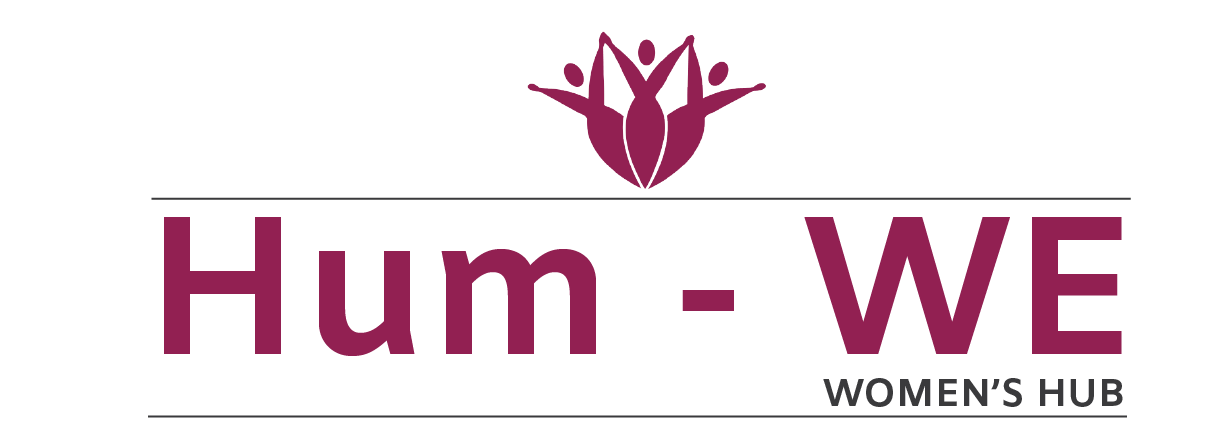How to Prepare a Bank Reconciliation: 8 Steps with Pictures
As a small business, you may find yourself paying vendors and creditors by issuing check payments. You should perform monthly bank reconciliations so you can better manage your cash flow and understand your true cash position. Read on to learn about bank reconciliations, use cases, and common errors to look for. A liability account on the books of a company receiving cash in advance of delivering goods or services to the customer. The entry on the books of the company at the time the money is received in advance is a debit to Cash and a credit to Customer Deposits. Remember that items such as outstanding checks do not need be recorded into the G/L since they are already there.
A bank reconciliation is the process by which a company compares its internal financial statements to its bank statements to catch any discrepancies and gain a clear picture of its real cash flow. As with deposits, take time to compare your personal records to the bank statement to ensure that every withdrawal, big or small, is accounted for on both records. If you’re missing transactions in your personal records, add them and deduct the amount from your balance. If you’re finding withdrawals that aren’t listed on the bank statement, do some investigation. If it’s a missing check withdrawal, it’s possible that it hasn’t been cashed yet or wasn’t cashed by the statement deadline. Before you reconcile your bank account, you’ll need to ensure that you’ve recorded all transactions from your business until the date of your bank statement.
- This is to confirm that all uncleared bank transactions you recorded actually went through.
- For the most part, how often you reconcile bank statements will depend on your volume of transactions.
- To reconcile means to “make one view or belief compatible with another.” In accounting, that means making your account balances equal to one another.
- These charges won’t be recorded by your business until your bank provides you with the bank statement at the end of every month.
Step 1: Collect the business and bank records
The change to the balance in your bank account will happen “naturally”—once the bank processes the outstanding transactions. For the most part, how often you reconcile bank statements will depend on your volume of transactions. The balance recorded in your books (again, the cash account) and the balance in your bank account will rarely ever be exactly the same, even if you keep meticulous books. Hopefully you never lose any sleep worrying about fraud—but reconciling bank statements is one way you can make sure it isn’t happening. When they draw money from your account to pay for a business expense, they could take more than they record on the books. So, to reconcile the amounts, you simply add the additions (interest income) and subtract the subtractions (bank charges and overdraft fees) to reach the bank balance.
Identify Discrepancies
To reconcile means to “make one view or belief compatible with another.” In accounting, that means making your account balances equal to one another. More specifically, a bank reconciliation means balancing your bank statements with your bookkeeping. When your business receives checks from its customers, these amounts are recorded immediately on the debit side of the cash book so the balance as per the cash book increases. However, there may be a situation where the bank credits your business account only when the checks are actually realised. The balance recorded in the passbook or the bank statement must match the balance reflected in the customer’s cash book.
Also, when transactions aren’t recorded promptly and bank fees and charges are applied, it can cause mismatches in the company’s accounting records. If transactions on the bank statements are correct, you soundcloud need to adjust your books. The account holder is responsible for preparing a bank reconciliation to identify differences between the cash balance and the bank statements.
Bank Reconciliation Statement
As a result, you’ll need to deduct the amount of these checks from the balance. Make sure that you’ve also taken into account all deposits and withdrawals to an account when preparing the bank reconciliation statement. These outstanding deposits must be deducted from the balance, as per the cash book, in the bank reconciliation statement. Financial statements show the health of a company or entity for a specific period or point in time. The statements give companies clear pictures of their cash flows, which can help with organizational planning and making critical business decisions.
Bank statements also show expenses that may not have been included in financial statements, such as bank fees for account services. Begin with a side-by-side comparison of your bank account statement and your company’s accounting records. Check that your financial transaction records include all payments and cash flow statement vs cash flow forecast deposits for the transaction period, as well as the final balance.
To detect fraud
More specifically, you’re looking to see if the “ending balance” of these two accounts are the same over a particular period (say, for the month of February). Bank reconciliations are like a fail-safe for making sure your accounts receivable never get out of control. And if you’re consistently seeing a discrepancy in accounts receivable between your balance sheet and your bank, you know you have a deeper issue to fix. When the amounts aren’t equal, you’ll need to verify the numbers, fix any errors, and repeat the reconciliation process to find out where the discrepancy is.
